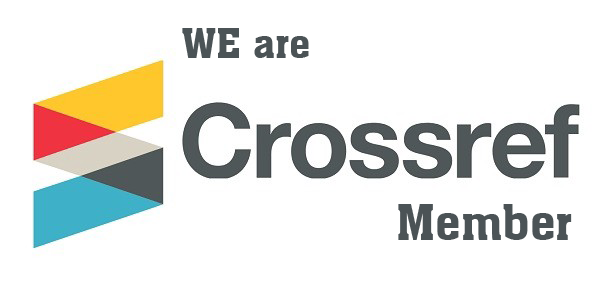Economic Forecasting of Oil Revenues in Libya "An Econometric Study for the Period (1962-2021) Using the (ARIMA) Model"
DOI:
https://doi.org/10.54172/1fpewe98Keywords:
Oil revenues, Box-Jenkins Model, Short-term ForecastingAbstract
This study aims to attempt to build a standard model that can predict the values of oil revenues in the Libyan economy for the next five years, using annual data on oil revenues during the period extending from the beginning of 1962 until the end of 2021. To achieve this goal, the integrated autoregressive model with moving averages (ARIMA) or what is known as the "Box & Jenkins" model was relied upon for short-term forecasting. The study reached several results, the most important of which are: that the oil revenue variable was characterized by continuous fluctuation between the rise and fall in its values, i.e. instability throughout the period studied, due to the factors affecting it, most notably international oil prices and the quantities exported from it. Also, the best model that can represent the oil revenue series in the Libyan economy during the study period is the automatically selected model for forecasting (10,1,3) ARIMA. Also, among the results reached is that the balance of oil revenues will take an upward trend in the next five years (2022-2026). The study also presented some proposals that would avoid shocks resulting from unexpected fluctuations in foreign markets. Keywords: Oil revenues, Box-Jenkins model, short-term forecasting.
Downloads
Published
Issue
Section
License
Copyright (c) 2025 Magdy Masoud (Author)

This work is licensed under a Creative Commons Attribution-NonCommercial 4.0 International License.
Copyright of the articles Published by Al-Mukhtar Journal of Economic Sciences (Mjes) is retained by the author(s), who grant Mjes a license to publish the article. Authors also grant any third party the right to use the article freely as long as its integrity is maintained and its original authors and cite Mjes as the original publisher. Also, they accept the article remains published by the Mjes website (except in the occasion of a retraction of the article). All Mjes Published articles under the Attribution-NonCommercial 4.0 International License.











